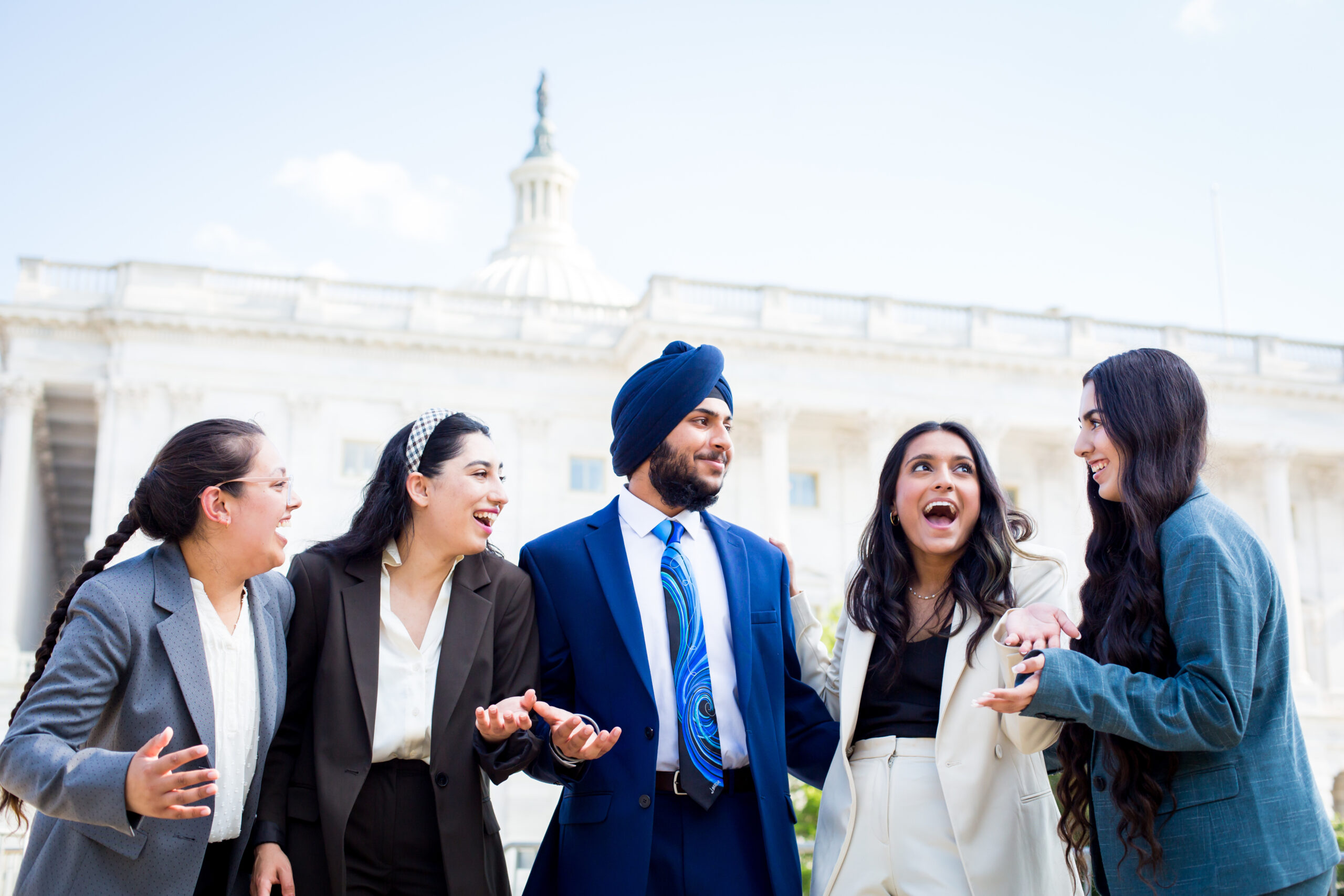Contact: media@saldef.org
FOR IMMEDIATE RELEASE
POST-9/11 “TURBAN MYTHS” IN AMERICA
Research shows most Americans misidentify turban-wearers in U.S.
STANFORD, CA AND WASHINGTON, DC –- Sept. 9th, 2013 – In a groundbreaking study titled “Turban Myths,” researchers at SALDEF (Sikh American Legal Defense and Education Fund) and Stanford University found that 70% of Americans misidentify turban-wearers as Muslim (48%), Hindu, Buddhist or Shinto. In fact, almost all men in the U.S. who wear turbans are Sikh Americans, whose faith originated in India.
Other key findings:
-
Americans tend to associate turbans with Osama bin Laden, moreso than with named Muslim and Sikh alternatives and more than with no one in particular
-
49% of Americans believe “Sikh” is a sect of Islam (it is an independent religion)
-
70% cannot identify a Sikh man in a picture as a Sikh
-
79% cannot identify India as the geographic origin of Sikhism
“This research is critical to our community and confirms our real, lived experiences,” said Jasjit Singh, executive director of SALDEF. “It is just as real to us that we most effectively bridge these perception gaps when fellow Americans come to know us as the teachers, doctors, coaches, Moms, Dads, brothers, sisters, friends, neighbors and community servants we are. This study provides a roadmap for creating the mutual understanding and recognition of shared values that can help us build an American community larger than ourselves, and one that includes Sikh Americans as full participants.”
Sikh Americans suffered the deadliest act of violence against a religious minority on Aug. 5, 2012 when a white supremacist stormed a Sikh temple in Oak Creek, Wisconsin. Six Sikh Americans were killed. A Sikh American targeted expressly because of his turban was also the first fatality after 9/11 in a series of backlash crimes.
The study was overseen by Stanford University researcher and Peace Innovation Lab co-director Margarita Quihuis. It involved surveys, social science research and extensive interviews of influencers in the Sikh and civil rights community.
“Coming from the world of peace innovation we see a real path forward as a result of this research,” said Quihuis. “The bottom line is that these misperceptions are caught, not taught. Good people make associations based on imagery and messages all around them — from the grocery store to television to the digital world. In this case the Sikh American community has an opportunity to fill those perception gaps with the truth, in a constructive way to foster peace.”
